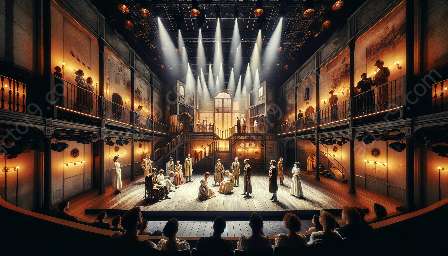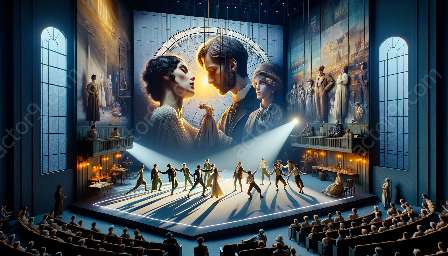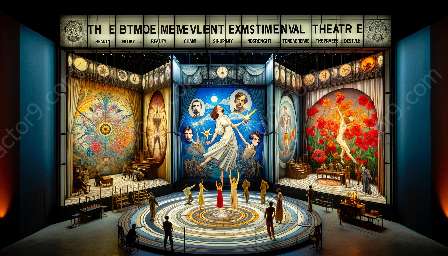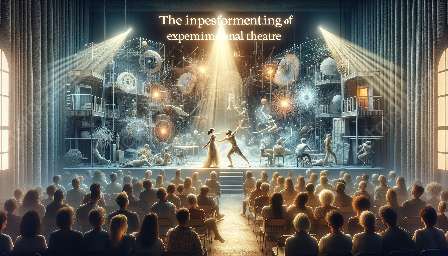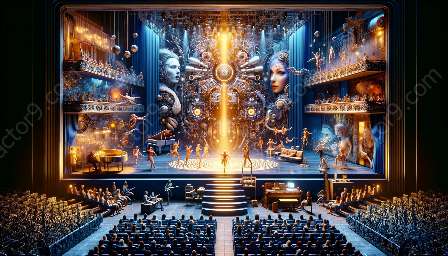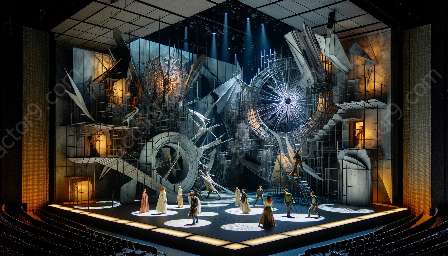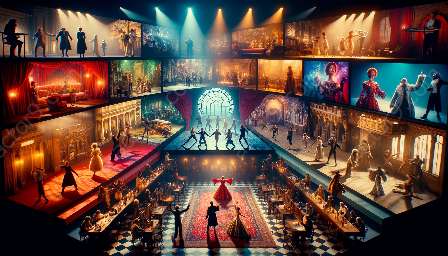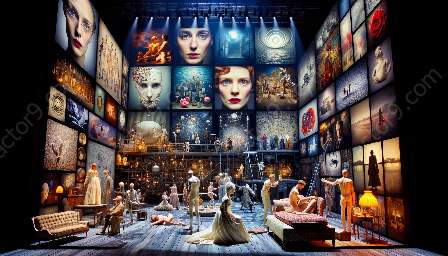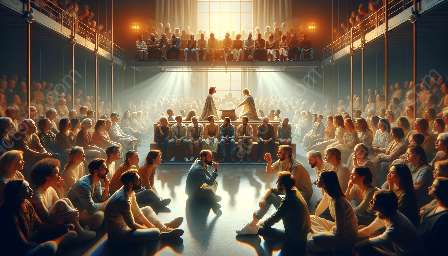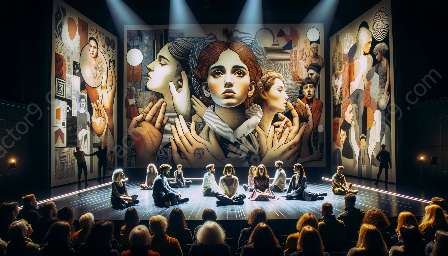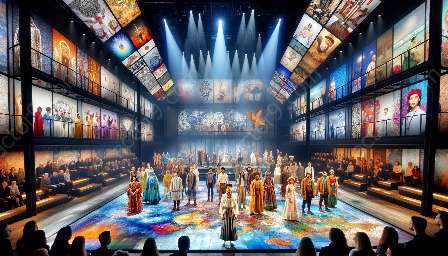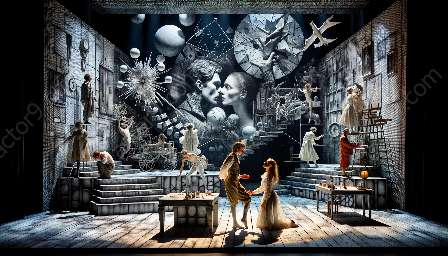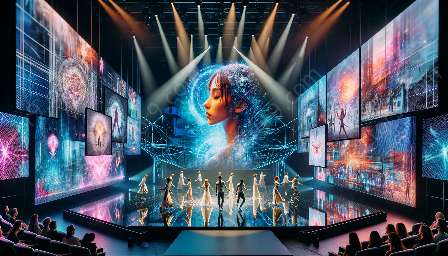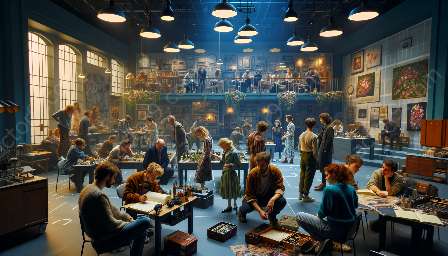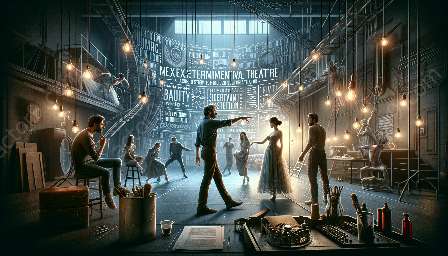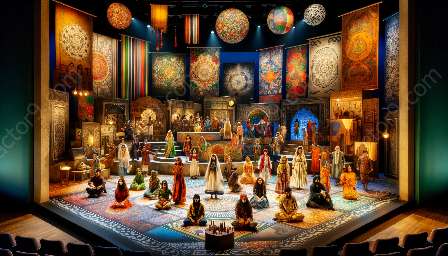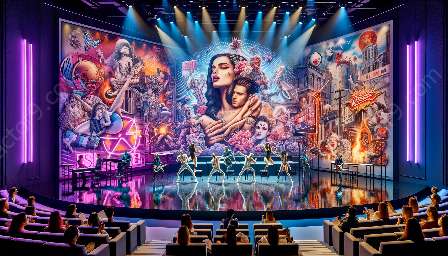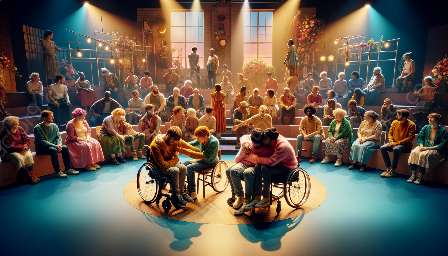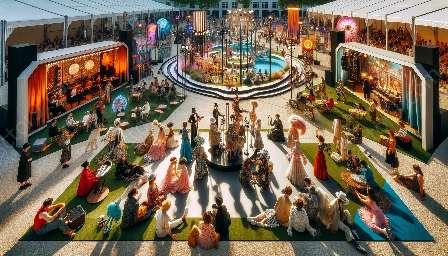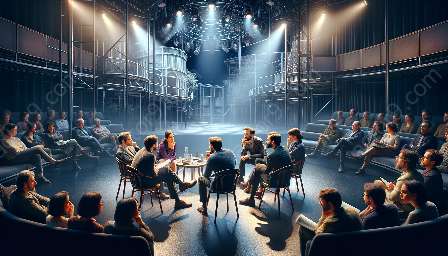Experimental theatre, often incorporating multimedia elements, challenges conventional norms and encourages innovative storytelling techniques. This topic cluster delves into the dynamic intersection of experimental theatre and multimedia within the realm of performing arts. From avant-garde performances to immersive digital experiences, explore the evolving landscape of theatrical expression.
Overview of Experimental Theatre
Experimental theatre encompasses a diverse range of artistic practices that push the boundaries of traditional theatre. By embracing unconventional approaches to performance, staging, and narrative, experimental theatre seeks to engage audiences in thought-provoking and immersive experiences. This form of theatre often defies categorization and embraces innovation as a fundamental principle.
Key Characteristics of Experimental Theatre
- Unconventional Storytelling: Experimental theatre explores non-linear narratives, abstract themes, and surrealistic elements, often challenging conventional storytelling structures.
- Interdisciplinary Collaborations: It often integrates elements from various art forms, such as visual arts, music, dance, and digital media, to create a multi-sensory theatrical experience.
- Immersive and Interactive Experiences: Experimental theatre often blurs the boundaries between performers and audience, inviting active participation and engagement.
Multimedia in Experimental Theatre
The integration of multimedia elements, including audiovisual projections, digital technologies, and interactive installations, has become increasingly prevalent in experimental theatre. This fusion of traditional performing arts with digital and interactive media allows for new modes of storytelling and audience engagement. Multimedia enhances the visual and auditory dimensions of performances, introducing dynamic layers to the theatrical experience.
Innovative Approaches to Performance
Experimental theatre explores innovative approaches to performance, often incorporating multimedia elements to expand the possibilities of artistic expression. From projection mapping and virtual reality to interactive installations and live-streamed performances, the utilization of multimedia technologies enriches the artistic landscape and redefines the parameters of live theatre.
Examples of Multimedia-Enhanced Performance
Explore notable examples of experimental theatre productions that have successfully integrated multimedia elements to create immersive experiences. From interactive projections that transform stage settings to augmented reality performances that blend physical and digital realms, these innovative productions redefine the boundaries of traditional theatre.
Interactive Installations and Audience Participation
Interactive installations in experimental theatre encourage audience participation, blurring the line between performer and spectator. By incorporating digital interfaces and interactive elements, these productions create dynamic, participatory environments that invite viewers to become active collaborators in the artistic process.
Impact of Technology on Theatrical Expression
Technology continues to influence and reshape the landscape of theatrical expression, allowing artists to experiment with new storytelling techniques and immersive experiences. The intersection of multimedia and experimental theatre fosters innovation and provides artists with expanded avenues for creative exploration.

